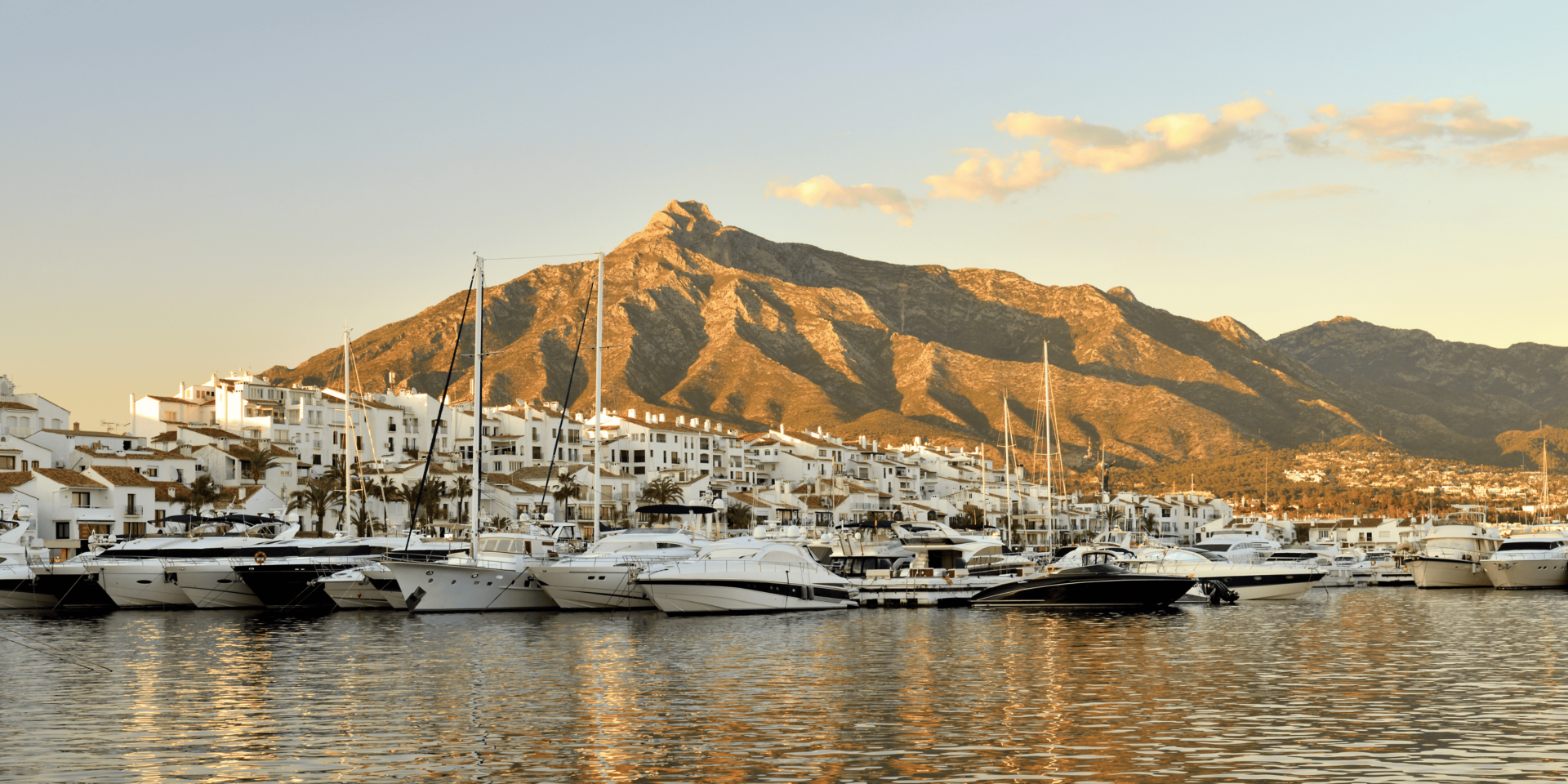Coastal Landscapes Guide the Design Process
Designers draw direct inspiration from the sea when shaping collections. The horizon, tides, and natural elements inform silhouettes, fabric flow, and structural decisions. These environmental cues help guide both visual style and functional choices.
Material Selection Reflects Marine Influence
Natural and breathable fabrics echo the textures and temperature of coastal settings. Linen, cotton, and silk allow garments to move like water and stay comfortable under sun and wind. Designers test these materials in seafront conditions to ensure performance aligns with purpose.
Color Palettes Mirror the Coastal Spectrum
Marine tones drive color decisions. Blues, whites, soft greys, and sun-faded neutrals dominate collections inspired by the shore. Designers observe the way these shades shift throughout the day, ensuring the palette aligns with light, shadow, and reflective surfaces.
Silhouettes Flow with the Ocean’s Rhythm
Garments reflect the natural rhythm of the sea. Loose cuts, open structures, and soft layering support comfort and movement. In a realistic setting, these silhouettes allow the wearer to move easily from coastal paths to social spaces.
Function Meets Form in Climate-Aware Design
Designs must perform in warm, breezy, and sometimes humid environments. Designers factor in ventilation, weight, and quick-dry capabilities to support active coastal lifestyles. Fashion becomes more than visual—it supports daily movement through maritime spaces.
Texture Adds Dimension to Minimal Shapes
While coastal fashion often leans toward minimalism, texture brings complexity. Designers use woven details, subtle prints, or natural imperfections to mimic sand, shells, and salt-worn surfaces. These features elevate simple forms with layered meaning.
Accessories Connect Form and Function
Elements like sandals, woven hats, and light wraps complement core pieces. Designers ensure that accessories serve both aesthetic and practical roles. In coastal contexts, sun protection, mobility, and ease of wear are as essential as style.
Cultural Context Deepens Design Authenticity
Collections that reference coastal life must reflect local culture. Designers integrate motifs, artisan techniques, and traditional practices from regional communities. This creates pieces that are not only beautiful but contextually grounded.
Photography and Styling Reinforce Setting
Visual presentation matters. Campaigns and lookbooks are styled in natural coastal environments to support the story behind the garments. These settings help buyers connect emotionally with the collection and imagine it in their own seaside routines.
The Sea Shapes Every Thread
When fashion meets horizon, design takes on the character of the coast. Every detail—from fabric to fit—reflects an understanding of the sea’s texture, color, and motion. Collections created with the sea in mind offer both function and feeling, grounded in place and purpose.

